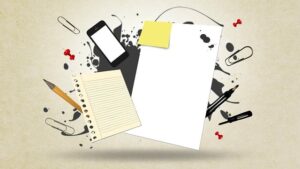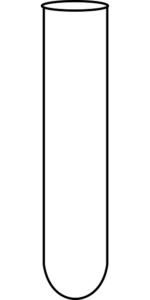Translation Services for Drug Safety Reports UK: Enhancing Patient Care
Translation services for Drug Safety Reports UK are essential in a multicultural healthcare landscape, ensuring patient safety and regulatory compliance. Professional medical translators accurately convey complex pharmacological information from drug…….
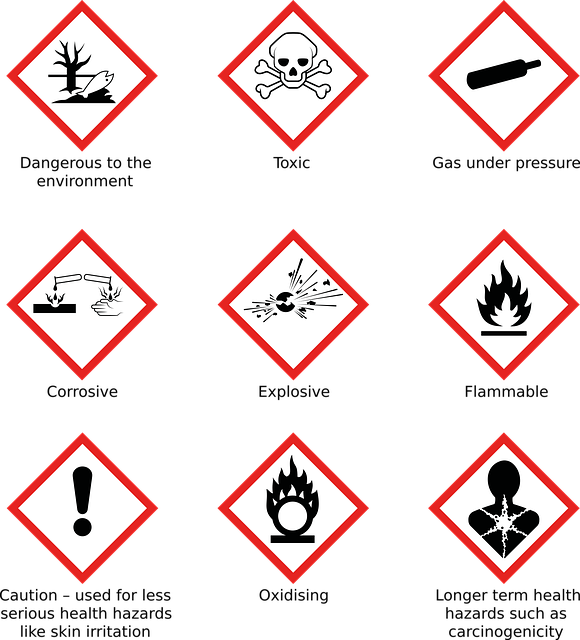
Translation services for Drug Safety Reports UK are essential in a multicultural healthcare landscape, ensuring patient safety and regulatory compliance. Professional medical translators accurately convey complex pharmacological information from drug safety reports into diverse languages, enhancing patient autonomy, informed consent, and positive health outcomes. Specialized translation services navigate regulatory guidelines, like MHRA standards, using expert linguists with pharmaceutical knowledge to produce culturally adapted, precise translations. Advanced technologies, such as AI and ML, automate translations while preserving integrity, facilitating global market accessibility and faster drug approvals. These services are crucial for clear communication, patient safety, and trust in diverse healthcare settings.
In today’s global healthcare landscape, understanding drug safety documents is crucial for patient care and regulatory compliance. With pharmaceutical companies operating across borders, multilingual drug safety reports have become essential. This article explores translation services as a key enabler of patient safety, addressing challenges in navigating diverse languages and regulatory requirements. We delve into best practices, case studies, and future trends, emphasizing the importance of effective communication through translation for global accessibility, particularly focusing on the UK market.
- Understanding Drug Safety Documents and Their Significance in Healthcare
- Challenges in Navigating Multilingual Drug Safety Reports
- The Role of Translation Services in Ensuring Patient Safety
- Best Practices for Accurate and Reliable Drug Safety Translation
- Regulatory Requirements and Compliance for Translated Documentation
- Choosing the Right Language Service Provider for Drug Safety Reports
- Case Studies: Successful Translations in Drug Safety Reporting
- Future Trends in Translating Medical Documents for Global Accessibility
- Conclusion: Enhancing Patient Care through Effective Communication
Understanding Drug Safety Documents and Their Significance in Healthcare
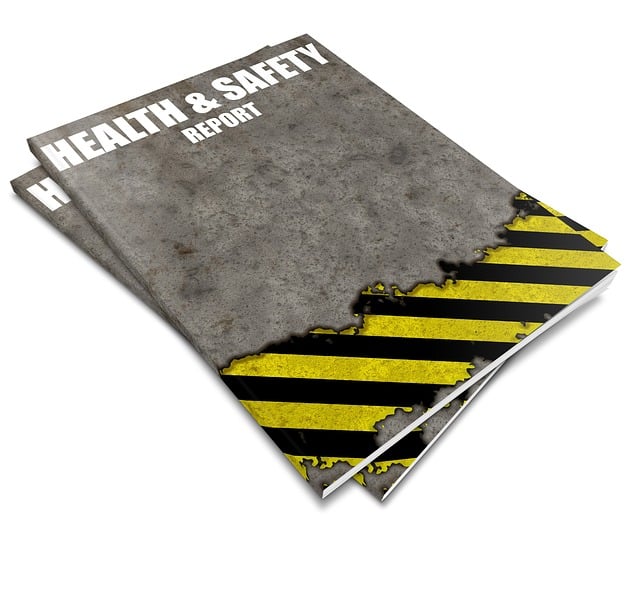
Drug safety documents play a pivotal role in ensuring patient safety and regulatory compliance within the healthcare industry. These documents include reports, labels, data sheets, and consent forms that provide critical information about medications, their potential risks, and benefits. Accurate and clear translation of these documents is essential for patients from diverse linguistic backgrounds to fully understand their treatment options and associated dangers.
In the UK, where multicultural populations are increasingly common, translation services for drug safety reports have become indispensable. Professional translators with expertise in medical terminology ensure that complex information is conveyed accurately and accessibly. This is crucial as incorrect or incomplete understanding of medication instructions can lead to adverse events. Providing translated documents enhances patient autonomy, facilitates informed consent, and improves overall healthcare outcomes.
Challenges in Navigating Multilingual Drug Safety Reports

Navigating multilingual drug safety reports presents a unique set of challenges, especially in ensuring patient and regulatory clarity. With an increasing globalisation of pharmaceutical markets, it’s common for drugs to be marketed across multiple countries, requiring comprehensive documentation in various languages. This diversity creates a complex landscape where technical accuracy, cultural nuances, and regulatory compliance must be meticulously managed.
In the UK, accessing reliable translation services for drug safety reports is paramount. Accurate translations are not merely about word-for-word substitutions; they demand a deep understanding of medical terminology and cultural contexts to convey critical information effectively. Professional translation services specialised in pharmaceutical documentation play a vital role in overcoming these challenges, ensuring that patient information, adverse event reporting, and regulatory communications remain consistent and clear across all languages.
The Role of Translation Services in Ensuring Patient Safety
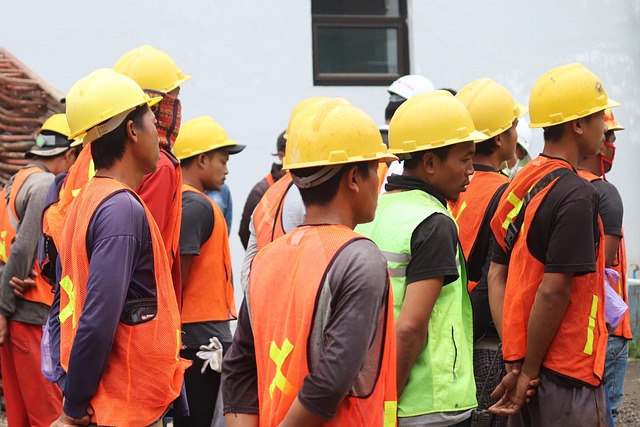
In the realm of pharmaceutical and medical communication, translation services play a pivotal role in ensuring patient safety, especially when dealing with drug safety reports. As global healthcare practices continue to evolve, it’s crucial for patients across different regions to access clear and concise information regarding their medications. Translation services specializing in Drug Safety Reports UK are vital tools to bridge the language gap, enabling healthcare professionals to communicate critical data about adverse effects, interactions, and proper usage to diverse patient populations.
These services go beyond simple word-for-word translation; they demand a deep understanding of medical terminology and cultural nuances. Professional translators with expertise in pharmacology ensure that drug safety information is accurate, consistent, and easily understandable for patients from various linguistic backgrounds. By providing localized translations, healthcare providers can offer tailored care, improve patient adherence to treatment plans, and ultimately enhance overall public health outcomes.
Best Practices for Accurate and Reliable Drug Safety Translation

When translating drug safety documents, accuracy and reliability are paramount to ensure patient clarity and regulatory compliance. The best practices for this critical task involve engaging professional translators with specialized knowledge in pharmacology and medical terminology. These experts should be native speakers of the target language(s) to guarantee grammatical perfection and cultural sensitivity.
Using translation services specifically designed for Drug Safety Reports UK ensures that all technical terms and regulations are handled correctly. This includes adhering to the International Conference on Harmonisation (ICH) guidelines, which provide a global framework for drug development and registration. Additionally, employing advanced translation technologies, such as machine translation tools followed by human review, can enhance efficiency while maintaining precision.
Regulatory Requirements and Compliance for Translated Documentation

When translating drug safety documents for international markets, it’s crucial to understand and adhere to local regulatory requirements. In the UK, for instance, the Medicines and Healthcare products Regulatory Agency (MHRA) sets standards for documentation, ensuring patient safety and compliance with legal frameworks. Translation services must be aware of these guidelines to provide accurate and compliant translations.
Professional translation companies specialising in drug safety reports offer expertise in navigating these complex regulations. They employ linguists with pharmaceutical backgrounds and a deep understanding of terminologies to deliver precise, culturally adapted texts. This ensures that the translated documents not only convey the same meaning but also meet the stringent criteria set by regulatory bodies like the MHRA, fostering clarity and consistency for healthcare professionals and patients alike.
Choosing the Right Language Service Provider for Drug Safety Reports

When it comes to translating drug safety documents, selecting a reputable and experienced language service provider is paramount. In the UK, where regulatory standards are stringent, accuracy and compliance are non-negotiable. Look for a provider that specialises in pharmaceutical translations, as they will have a deep understanding of medical terminology and regulatory requirements.
Reputation and expertise are key indicators. Choose a company with an established track record of providing high-quality translations for drug safety reports, ensuring patient clarity and regulatory compliance. They should employ qualified translators and have robust quality assurance processes in place to maintain consistency and accuracy across diverse languages.
Case Studies: Successful Translations in Drug Safety Reporting
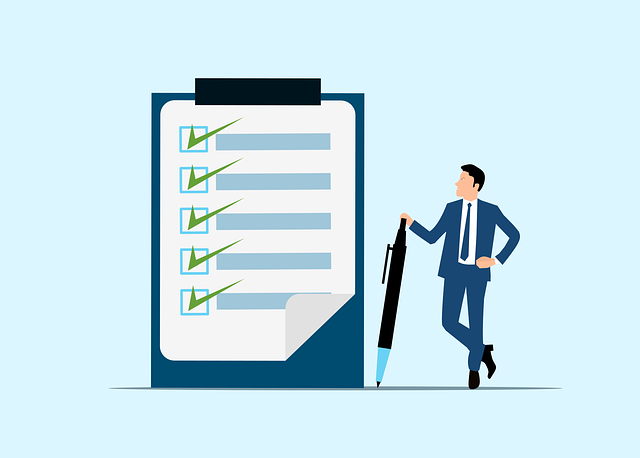
In the realm of drug safety documentation, accurate and reliable translations are paramount to ensuring patient clarity and regulatory compliance. Case studies from across the globe highlight the significant impact of professional translation services in this critical domain. For instance, a UK-based pharmaceutical company encountered challenges when expanding its global reach due to language barriers in drug safety reporting. They partnered with expert translators specializing in medical and pharmacological terminology, resulting in seamless communication across diverse markets, enhancing patient safety and regulatory approval processes.
Another compelling example involves a multinational clinical research organization that faced delays in trial data submission. By leveraging advanced translation technologies and subject matter experts, they streamlined their drug safety reporting, enabling faster and more precise submissions to regulatory authorities worldwide. These successful translations not only facilitated global drug approvals but also empowered patients by providing clear, accessible information about their medications, ultimately fostering trust and adherence to treatment regimens.
Future Trends in Translating Medical Documents for Global Accessibility

As global healthcare markets become increasingly interconnected, the demand for seamless translation of medical documents is on the rise. Future trends in translating medical documents are expected to focus heavily on technological advancements, including Artificial Intelligence (AI) and Machine Learning (ML), which can automate and enhance the accuracy of drug safety reports and other medical literature. These technologies offer not only speed but also a level of consistency that human translators may struggle to maintain, ensuring regulatory compliance across diverse markets.
In the UK, translation services for Drug Safety Reports are evolving to meet these demands. Advanced language processing tools can now capture complex terminologies specific to pharmacology and medicine, providing accurate translations that preserve the original intent and meaning. This is crucial for patient safety as well as for regulatory clarity, enabling healthcare providers and patients worldwide to access and understand drug safety information in their native languages.
Conclusion: Enhancing Patient Care through Effective Communication

In today’s global healthcare landscape, effective communication is key to enhancing patient care. One often overlooked aspect is the importance of clear and accurate translation services for drug safety reports. These documents play a vital role in ensuring patient and regulatory clarity, enabling medical professionals to make informed decisions regarding medication use.
Translation services for Drug Safety Reports UK are essential to bridge the language gap and avoid potential risks associated with miscommunication. Professional translators who specialize in pharmaceutical terminology can convey complex information accurately, maintaining the integrity of critical data. This enhances patient safety by providing accessible, culturally sensitive documentation that complies with regulatory standards, ultimately fostering trust between healthcare providers and their diverse patient populations.
Translation services play a vital role in enhancing patient care and global accessibility in healthcare. By accurately translating drug safety documents, particularly in the UK, we navigate linguistic barriers and ensure regulatory compliance. This enables clear communication between patients, healthcare providers, and regulators, ultimately improving patient safety and outcomes. Choosing the right language service provider with expertise in drug safety translation is crucial to achieving these goals and fostering a more inclusive healthcare environment.

